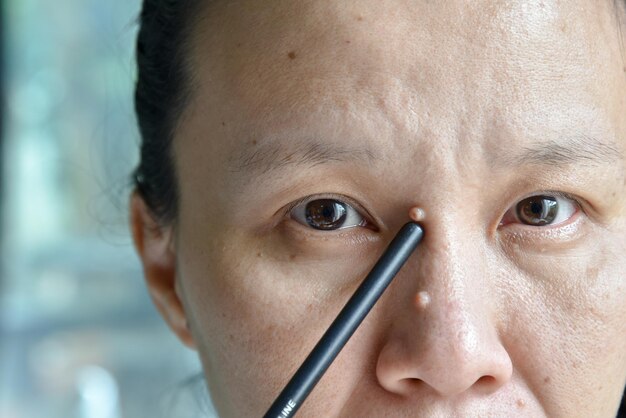
Understanding Birthmarks
Birthmarks come in various shapes, sizes, and colors, appearing at birth or developing shortly afterward. They are typically categorized into two main types: vascular birthmarks and pigmented birthmarks. Vascular birthmarks result from an abnormal growth of blood vessels, while pigmented birthmarks are caused by an excess of pigment-producing cells.
Non-Invasive Birthmark Removal
Topical Creams and Lotions
For smaller and lighter birthmarks, topical treatments can be considered. These creams and lotions often contain ingredients that help lighten the birthmark over time. However, results may vary, and consistency in application is key.
Laser Therapy
Laser therapy is a popular option for birthmark removal. It involves targeting the birthmark with concentrated light energy, breaking down the pigment or blood vessels. Several sessions may be required, but the procedure is generally safe and effective.
Surgical Birthmark Removal
Excision
Larger birthmarks or those that protrude above the skin’s surface may be removed through excision. This surgical procedure involves cutting out the birthmark and stitching the skin back together. While effective, scarring is a potential concern.
Dermabrasion
Dermabrasion utilizes a rotating brush to exfoliate the top layer of skin, reducing the appearance of the birthmark. It’s a precise procedure that requires careful post-treatment care to avoid complications.
Natural Remedies for Birthmark Reduction
Lemon Juice
Lemon juice is a natural bleaching agent that can help lighten pigmented birthmarks. Apply fresh lemon juice to the birthmark and leave it on for a few minutes before rinsing. Consistent use may lead to gradual fading.
Aloe Vera
Aloe vera is known for its skin-soothing properties. While it may not entirely remove a birthmark, it could contribute to a reduction in its appearance over time.
Consulting a Dermatologist
Before undergoing any treatment, it’s crucial to consult a dermatologist. A professional evaluation will determine the most suitable approach based on the type, size, and location of the birthmark.
Evaluation
During the consultation, the dermatologist will assess the birthmark and discuss your goals and expectations. They will also explain the potential risks and benefits of each treatment option.
Customized Treatment Plan
Following the evaluation, the dermatologist will create a personalized treatment plan tailored to your specific needs. This plan will outline the recommended procedure, the number of sessions, and the expected timeline.
Preparation and Aftercare
Pre-Treatment Guidelines
Depending on the chosen method, you may need to follow specific pre-treatment instructions. This could include avoiding sun exposure, discontinuing certain medications, or applying a topical numbing cream.
Post-Treatment Care
Proper aftercare is essential to ensure optimal results and minimize complications. This may involve keeping the treated area clean, avoiding sun exposure, and following any prescribed skincare routine.
Potential Risks and Complications
While birthmark removal procedures are generally safe, there are potential risks to consider.
Scarring
Surgical procedures carry a risk of scarring, which can vary based on factors such as your skin’s natural healing process and the skill of the surgeon.
Pigment Changes
Some treatments, particularly laser therapy, may lead to changes in skin pigmentation. These changes are usually temporary but may take some time to resolve.
Managing Expectations
It’s important to have realistic expectations regarding the outcome of birthmark removal. Complete removal may not always be possible, and multiple sessions might be needed to achieve the desired results.
Conclusion
If you’re considering birthmark removal, there are several effective methods available, each with its own set of advantages and considerations. Consulting a dermatologist is crucial to determine the best approach for your specific situation. By following proper pre-treatment and aftercare guidelines, you can enhance the chances of achieving a satisfactory outcome.
Frequently Asked Questions (FAQs)
- Is birthmark removal painful? Birthmark removal procedures are typically performed under local anesthesia, minimizing discomfort during the procedure.
- How long does it take to see results? The timeline for results varies depending on the method used and the individual’s response. Patience is key.
- Are there any age restrictions for birthmark removal? Most procedures can be performed on individuals of various ages, but it’s best to consult a dermatologist for personalized advice.
- Can I undergo birthmark removal if I’m pregnant? It’s advisable to postpone non-essential procedures until after pregnancy to ensure the safety of both the mother and the baby.
- What if my birthmark changes over time? If you notice any changes in the appearance of your birthmark, such as bleeding, itching, or sudden growth, consult a dermatologist promptly.
